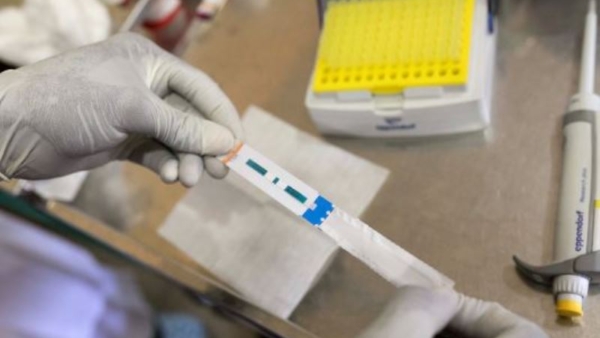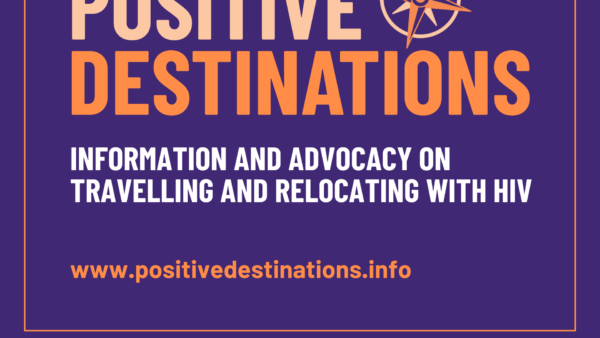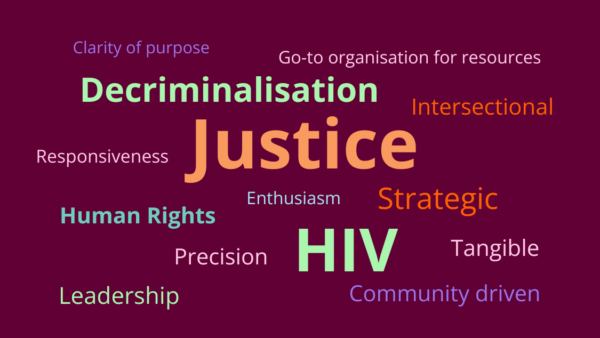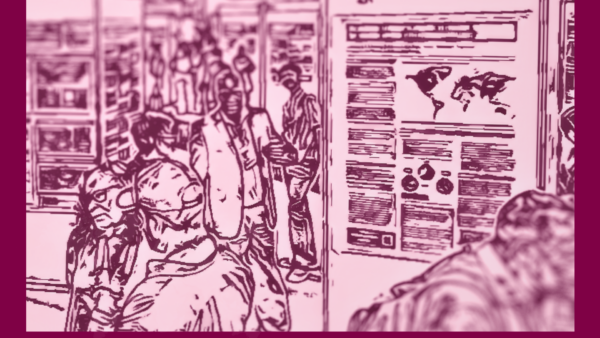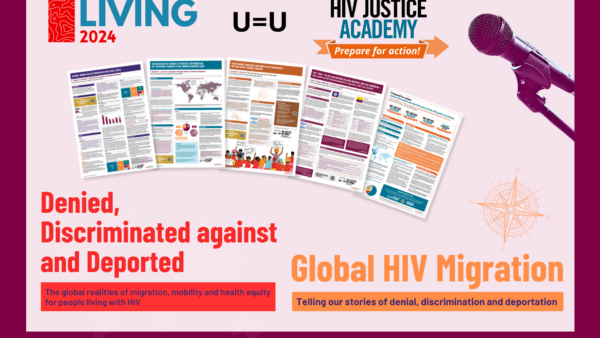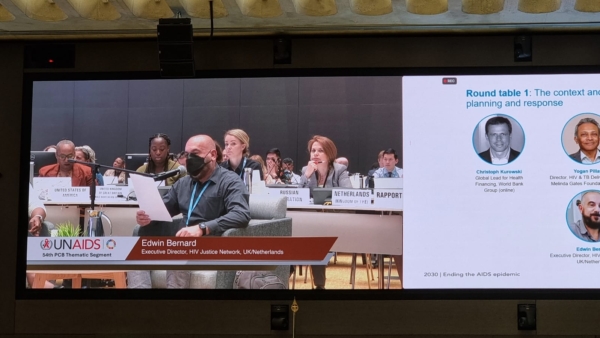
HIV care for migrant women in South Africa: the gaps and 5 steps towards offering better services
Around 8.45 million people in South Africa live with HIV – an estimated 13.9% of the population. Of South African women aged 15-49, approximately 24% are HIV positive.
The roll-out of services to prevent mother-to-child transmission of HIV has been notably successful in reducing the rate of transmission.
But there are still gaps in the delivery of HIV treatment and prevention. A case in point is migrant women. People who move across national borders or between regions and provinces are particularly easy for healthcare systems to miss. And there’s no integrated system of tracking them. Nor is there any robust national data on how many migrant women, specifically pregnant migrant women, are on treatment and virally suppressed.
In 2020, it was estimated that there were 4 million migrants in South Africa, some of whom were women living with HIV. The public health system has struggled to respond yet alone integrate this mobile population.
The vulnerability of migrants was highlighted during the COVID-19 pandemic when restrictions affected people’s ability to travel to access treatment as well as the delivery of healthcare.
In a recent paper we explored the challenges of the COVID-19 pandemic for HIV prevention services in Johannesburg, South Africa’s economic hub. We interviewed healthcare providers and stakeholders in policy and programming. The aim was to understand the gaps in ensuring adherence to lifelong antiretroviral therapy for mobile populations.
The information we gathered shone a light on the country’s overburdened healthcare facilities and the shortcomings in the network of referral clinics in Johannesburg and across Gauteng province. We went on to draw from these insights to understand the systemic gaps in the delivery of antiretroviral treatment (ART) to migrant women. We identified five in particular. And we then identified possible solutions, including how technology could improve access to healthcare.
The gaps
The pandemic created new problems in healthcare delivery and exposed existing shortcomings. Five main themes emerged from our qualitative study.
First, women living with HIV and who were highly mobile feared going to healthcare facilities because they were scared of getting COVID. This interrupted their treatment and increased their risk of falling ill.
Second, some healthcare workers told us they felt overwhelmed by the added burden of the pandemic on providing HIV prevention services to pregnant women. For example, many reported that there was a lack of infrastructural resources to follow social distancing protocols. This disrupted their provision of care.
Third, migrant women faced a number of logistical barriers:
- some who left Gauteng province and then tried to return to collect their medication couldn’t do so due to border and lockdown restrictions
- some lost their jobs and income, and were unable to afford travel to collect their ART
- some were denied care because they didn’t have documentation (though this should not have been a barrier).
These factors resulted in patients interrupting treatment.
Fourth, some individuals who sought treatment reported mistreatment and xenophobic attitudes from healthcare providers. Even some healthcare providers reported that their colleagues behaved negatively towards migrant women.
Time pressures were the fifth theme. Health workers said they needed more time to counsel patients. This helps build a rapport and strengthens the ability of patients to manage their health.
From these insights we drew up a list of interventions we think would improve antiretroviral services to migrant women in South Africa.
What can be done?
The first step is to dispense antiretrovirals for a longer duration of time to alleviate stress for individuals on the move and encourage retention in the ART programme.
Secondly, decentralise services and bring care to the community with pop-up delivery that can help remove logistical barriers like transport to clinics that are far away.
Thirdly, introduce virtual care platforms – like online HIV prevention of mother to child transmission services. It could help highly mobile individuals to interact with healthcare providers. This could help to improve the referral system between clinics and counsellors could follow up patients who had moved. The system could keep better patient records and send reminders for medicine collections. In addition, it should include translation services to help remove communication barriers between service providers and users. And it could better integrate communication of healthcare facilities – even those in other countries – so as to track patients.
Fourthly, healthcare providers need better opportunities to build closer relations with each other. This could create a better understanding of the changes in their work and the underlying issues that affect them. Greater understanding could help get to the root of where negative attitudes towards migrants stem from to improve behaviours towards patients.
In addition, healthcare facilities often improvise to come up with strategies and solutions that meet the requirements and changes to programmes. If these were better documented they could then provide knowledge translation and learning opportunities on a larger scale for other healthcare providers, facilities and programmes.
Fifth, government should evaluate healthcare environments before changing policies and programmes. Platforms such as working groups should be provided for collaboration with researchers, service providers and mobile patients to help direct policy and practices.
South Africa needs to take a more pragmatic approach to the delivery of antiretroviral treatment. It needs a healthcare system that is migration-aware and offers a service that recognises mobility – one that speaks to the realities of migrant women living with HIV in South Africa.


